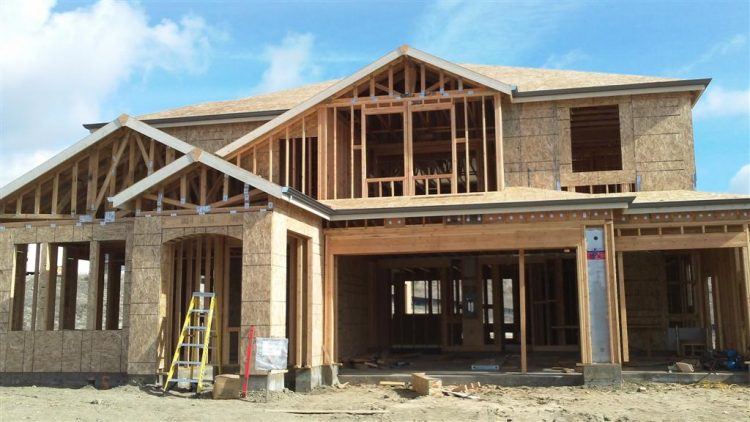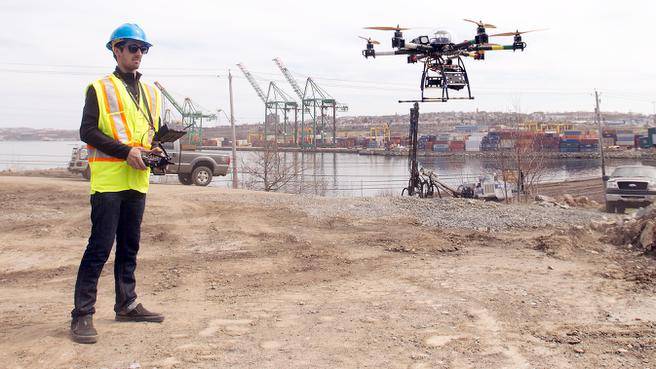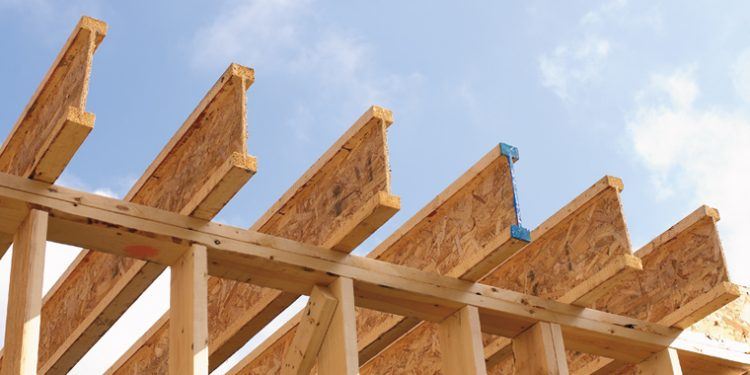
In as fast as the past decade, construction technology has come a long way. With the use of augmented reality and drones, workers are now able to pinpoint defects and maintain a high level of safety from potential hazards. New materials, such as engineered wood components and strips for solar panels, are allowing for more design and structural flexibility throughout the construction process, including panelized homes, which equate to improved efficiency and overall cost savings.
These five technologies have revolutionized the way in which contractors have constructed new homes. With technology improving on a daily basis, the future looks bright for the industry and will certainly save new homeowners money in the long term without compromising quality and durability. Those contractors who are not starting to implement advance construction technologies into their processes will certainly be left in the dust to more cost-effective and efficient home builders who can use this technology for the benefit of the customer.
Here are our picks….
1. Drones for Surveying

Multiple contractors have started using camera-mounted unmanned aerial vehicles (UAVs) to acquire real-time data throughout the job process, identify defects or other quality issues as well as potential hazards and acquire additional useful information in one of the least time-consuming and cost-effective manners available. Drones are especially useful for large and complicated projects. At the moment, many commercial construction companies are using drones for this reason. However, they are slowly integrating into home construction as well due to the many benefits offered.
Future construction of all structures many include many drones to gather valuable information throughout the life of the entire project. With these machines, gathering surveying information or quality checks may have previously taken several days or weeks, can now be completed in a day or less thus saving the customer time and money.
2. Engineered Wood Components

The range of engineered wood component is extremely diverse. Engineered wood products are consistent, reliable, environmentally-friendly and high performing options for the material aspect of construction. New types of building systems and high technology products are transforming then which builders construct homes and people live in those homes. One of the greatest technologies in the construction industry is glued engineered wood products that are labor saving and cost-effective alternatives to the walls in any new home.
Glued engineered wood products have become so popular among contractors because they offer designers improved flexibility during home construction. Also, they provide more durable floors, walls and ceilings than the traditional methods. Additionally, there are numerous benefits to the environment. First, they use less wood fibers while still offer the same or better performance. Second, they utilize the wood more efficiently from faster-growing trees found in managed forests. Additionally, engineered wood components compare favorably to non-wood alternatives with regards to emissions and pollutants during the manufacturing process.
3. Panelized Home Building Systems

Panelized home building systems are pre-engineered wall sections that are manufactured in a factory-controlled environment and shipped already assembled to the construction site to attach to the home. The greatest benefit of this type of construction is the speed. In only a few short days, the panelized home building systems can be weather tight and at the site ready for final construction. Also, these provide the benefit of offering significant flexibility with regards to design while providing the amenities desired for any new home construction. Many panelized manufacturers utilize a network of general contractors to build each individual panel. Others deal directly with the buyer who is looking to construct their home. Both options are efficient and allow for complete transparency through the manufacturing process.
4. Smart Helmet

Developed by Daqri, a US-based company of augmented reality products, the smart helmet utilizes 4D augmented reality technology with a transparent visor that boasts special lenses as a heads-up display. The helmet further utilizes cameras and sensors that aid users in navigating and gathering information about the surrounding environment. The goal is to provide workers with visual instructions to perform tasks and alerts them of hazards in real-time. For instance, when constructing a home, the worker may need to turn a valve; the smart helmet could tell them which way to correctly turn it.
The form factor of the helmet provides a hands-free experience that you cannot achieve through smartphone and tablet apps. The display improves safety, efficiency and productivity through work instructions which are displayed directly into the helmet. At this time, there is a lot computing power within the helmet so it is extremely expensive. As the demand grows for the need of this real-time information, the price will become more affordable.
5. Transparent Solar Panels

Solar panels are traditional opaque squares constructed from sustainable material which causes design constraints for landscape consultants and architects. Recently, a team of chemical engineers located at Michigan State University has created a film that allows light to pass in when placed over windows that also creates solar power. These engineers utilized organic luminescent salts that absorb infrared energy that travels along a plastic coating to the edge of the panel that is then converted utilizing photovoltaic solar cells that are applied to the window or other substrate with thin strips.
This technology will be a transparent coating that allows any surface to convert ambient light into usable electricity without any aesthetic impact. This is a major step forward for the construction industry in that the technology will allow for the use of green methods of generating power, thus saving the homeowner money, without affected the overall design of the home. If can also be used on construction equipment surfaces during the actual building of the residence.


Comments
Loading…